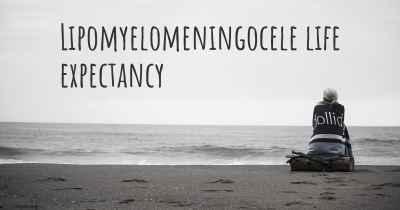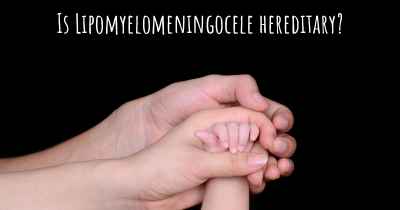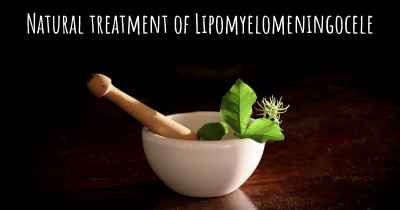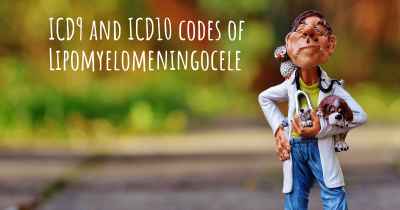Living with Lipomyelomeningocele. How to live with Lipomyelomeningocele?
Can you be happy living with Lipomyelomeningocele? What do you have to do to be happy with Lipomyelomeningocele? Living with Lipomyelomeningocele can be difficult, but you have to fight to try to be happy. Have a look at things that other people have done to be happy with Lipomyelomeningocele
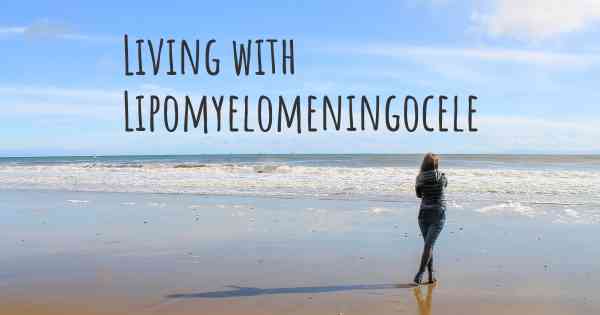
Living with Lipomyelomeningocele
Lipomyelomeningocele is a rare congenital condition that affects the spinal cord and the surrounding tissues. It is a type of spina bifida characterized by the presence of a fatty mass or lipoma attached to the spinal cord. Living with lipomyelomeningocele can present unique challenges, but with proper care and support, individuals can lead fulfilling lives.
Medical Management
Managing lipomyelomeningocele requires a comprehensive approach involving medical professionals, including neurosurgeons, orthopedic surgeons, and urologists. Regular check-ups and consultations are essential to monitor the condition and address any potential complications.
Surgery: In many cases, surgical intervention is necessary to remove the lipoma and untether the spinal cord. The timing of surgery depends on various factors, such as the severity of symptoms and the individual's overall health. It is crucial to discuss the surgical options and potential risks with a qualified surgeon.
Physical and Occupational Therapy
Physical and occupational therapy play a vital role in managing lipomyelomeningocele. These therapies aim to improve mobility, strength, and independence. A physical therapist can design a personalized exercise program to strengthen muscles, improve coordination, and enhance overall physical function. An occupational therapist can assist with activities of daily living, such as dressing, grooming, and fine motor skills.
Managing Neurological Symptoms
Lipomyelomeningocele can cause various neurological symptoms, including muscle weakness, sensory deficits, and bladder and bowel dysfunction. It is important to work closely with healthcare professionals to develop strategies for managing these symptoms:
- Bladder and bowel management: A urologist can provide guidance on techniques and medications to manage bladder and bowel function. This may include scheduled voiding, catheterization, or medication to regulate bowel movements.
- Orthopedic support: Orthopedic specialists can help address issues related to skeletal abnormalities, such as scoliosis or foot deformities. Braces, orthotics, or assistive devices may be recommended to improve mobility and prevent further complications.
- Pain management: Some individuals with lipomyelomeningocele may experience chronic pain. Working with a pain management specialist can help develop strategies to alleviate discomfort and improve quality of life.
Psychosocial Support
Living with lipomyelomeningocele can have a significant impact on an individual's emotional well-being. It is essential to seek psychosocial support to cope with the challenges and maintain a positive outlook:
- Support groups: Connecting with others who have similar experiences can provide a sense of belonging and understanding. Support groups can offer emotional support, practical advice, and a platform to share experiences.
- Counseling: Individual or family counseling can help address any emotional or psychological difficulties associated with the condition. A trained therapist can provide coping strategies, stress management techniques, and assist in navigating the emotional aspects of living with lipomyelomeningocele.
- Education and advocacy: Learning about the condition and becoming an advocate for oneself or a loved one can empower individuals and their families. Understanding the medical aspects, available resources, and rights can help navigate the healthcare system more effectively.
Education and Independence
Children and adults with lipomyelomeningocele can lead fulfilling lives with appropriate educational support and fostering independence:
- Individualized Education Plan (IEP): For children, working with educators to develop an IEP can ensure appropriate accommodations and support in the school setting. This may include physical accommodations, specialized instruction, or assistive technology.
- Transition planning: As individuals with lipomyelomeningocele approach adulthood, it is crucial to plan for the transition to independent living, higher education, or vocational training. Vocational rehabilitation services can provide guidance and support during this process.
- Assistive technology: Various assistive devices and technologies are available to enhance independence and accessibility. These may include mobility aids, communication devices, or adaptive tools for daily activities.
Living with lipomyelomeningocele requires a multidisciplinary approach, involving medical professionals, therapists, and psychosocial support. With proper management, individuals can overcome challenges, achieve their goals, and lead fulfilling lives.
